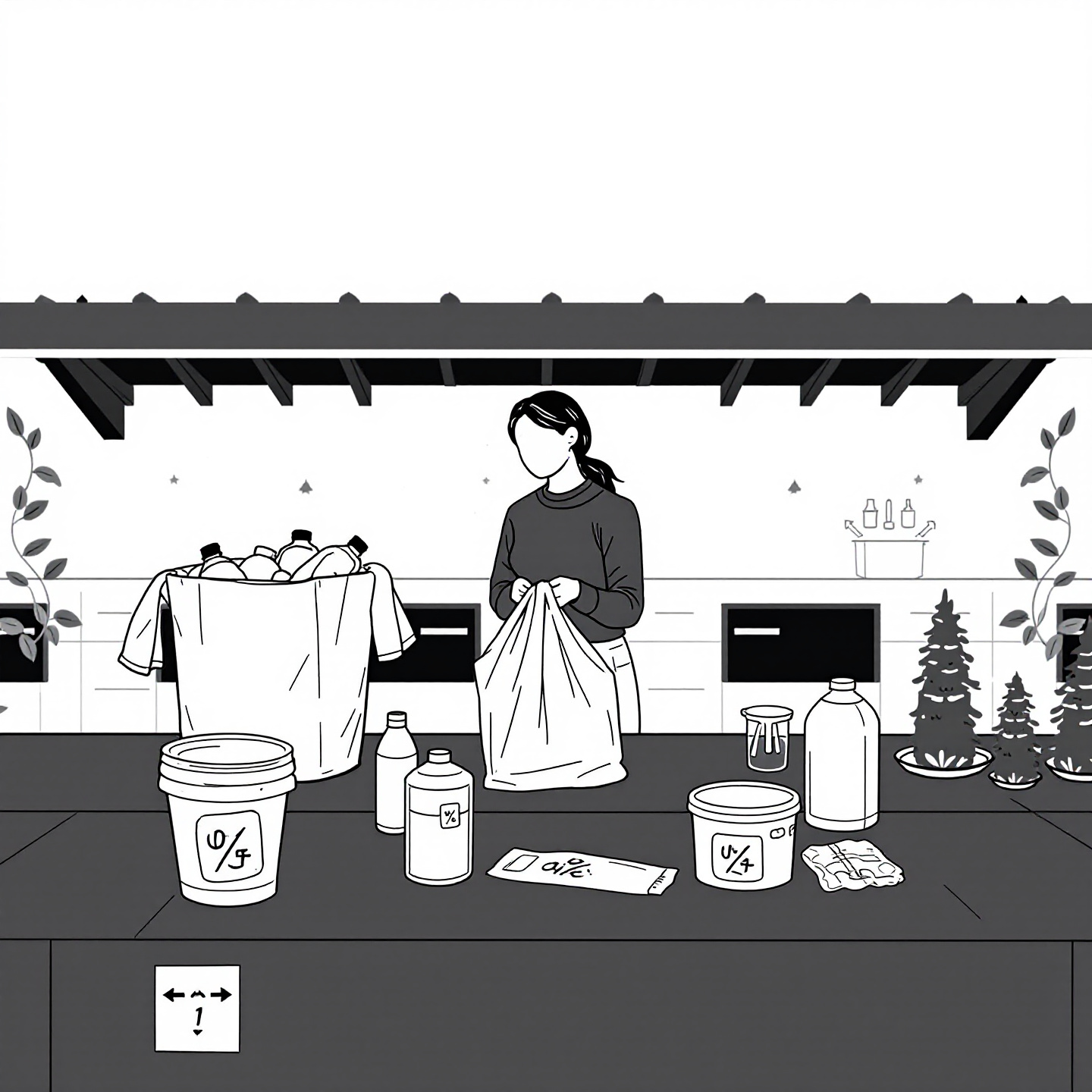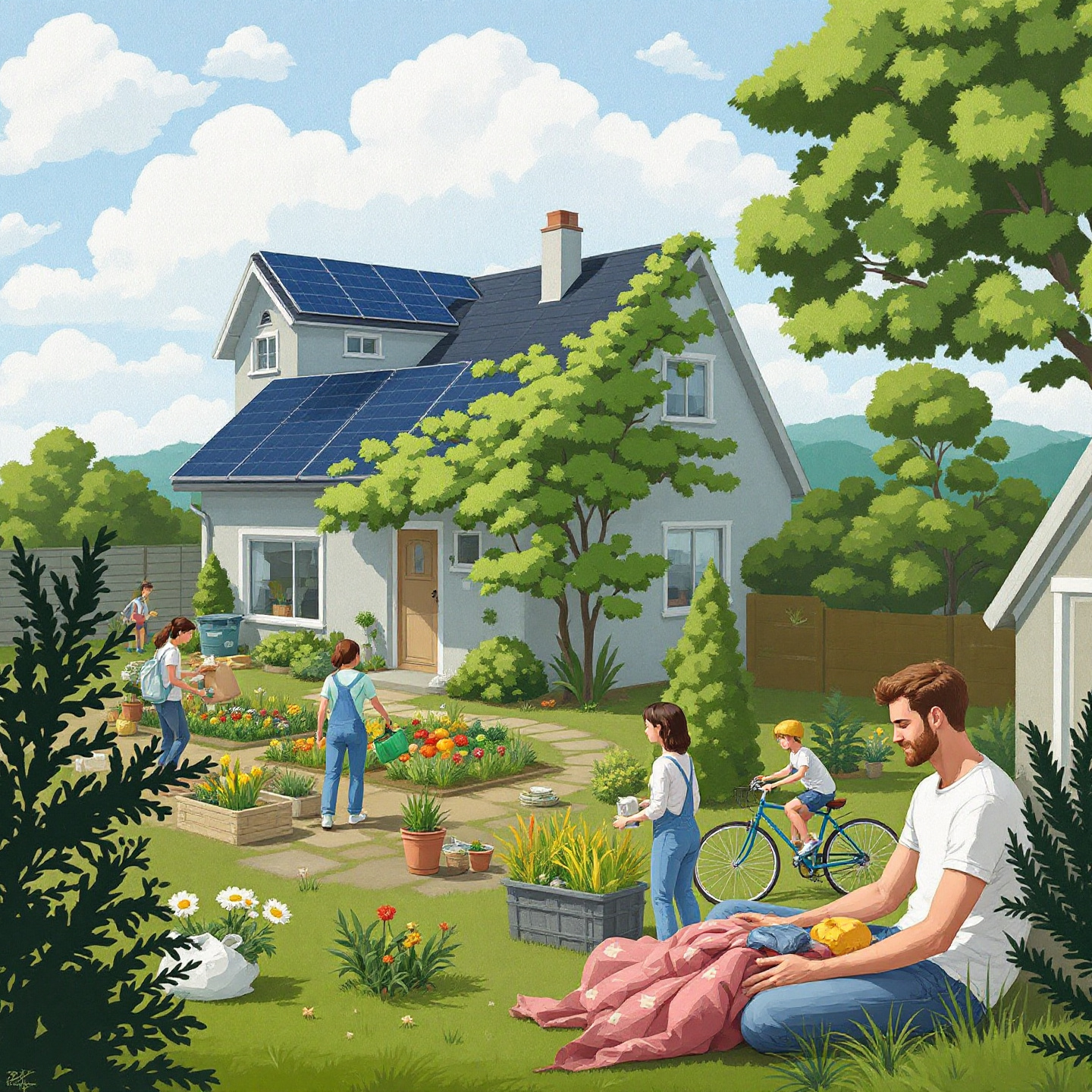How to Reduce Plastic Waste and Live More Sustainably: A Practical Guide for a Greener Future

Reducing plastic waste is one of the most impactful steps we can take to create a sustainable future for our planet. Plastic pollution has reached alarming levels, posing serious threats to ecosystems, wildlife, and even human health. Tackling this issue requires collective action and individual commitment to minimize our plastic footprint. If you’re wondering how you can make a difference, here’s a comprehensive guide to help you live more sustainably while reducing your plastic waste.
The Power of the 3 Rs: Reduce, Reuse, Recycle
The foundation of reducing plastic waste lies in the three Rs: Reduce, Reuse, and Recycle. Here’s how you can incorporate these principles into your everyday life:
- Reduce Plastic Usage
Start by cutting down on your overall plastic consumption. Small changes can lead to significant results:
- Carry reusable bags when shopping.
- Opt for a durable water bottle instead of buying single-use plastic bottles.
- Bring your own coffee cup to cafes to avoid disposable cups.
- Decline plastic straws and cutlery when dining out and use reusable alternatives. Each of these actions might seem minor, but collectively, they make a huge difference. For example, swapping disposable bottles for a reusable one can prevent hundreds of plastic bottles from entering landfills every year.
- Reuse What You Already Have
Before discarding plastic items, consider if they can serve another purpose. For instance:
- Reuse jars or plastic containers for food storage or organizing household items.
- Repurpose old plastic items for crafts or gardening.
- Buy products designed for longevity, such as silicone food wraps or durable storage containers.
- Recycle Responsibly
Educate yourself about local recycling guidelines. Not all plastics are recyclable, and improper sorting can render entire batches of recyclables unusable. Some tips:
- Check symbols on plastic items to understand their recyclability.
- Rinse and clean items before placing them in recycling bins.
- Use designated drop-off points for soft plastics like bags and wraps, which are often not accepted in curbside recycling.
Smart Shopping: Choose Sustainable Alternatives
Mindful shopping is another critical step in reducing plastic waste. When you shop, make choices that prioritize sustainability:
- Choose Products with Minimal Packaging
Look for items with little or no plastic packaging. For instance, opt for bar soap instead of bottled liquid soap or buy loose fruits and vegetables instead of pre-packaged ones. - Buy in Bulk
Purchasing in bulk not only reduces packaging waste but can also save you money. Many stores now offer bulk bins where you can bring your own containers for grains, cereals, and nuts. - Support Refill Stations
Some grocery and specialty stores allow you to refill your containers with products like cleaning supplies, cooking oils, or even shampoo. - Pick Sustainable Materials
Choose biodegradable or reusable materials whenever possible, such as bamboo toothbrushes, beeswax wraps, or metal straws.
Support Eco-Friendly Brands and Practices
As consumers, we have the power to drive change through our purchasing decisions. Supporting businesses that prioritize sustainability sends a strong message about the importance of reducing plastic waste. Look for companies that:
- Use eco-friendly packaging, such as recycled cardboard or biodegradable materials.
- Offer refillable products, such as beauty and cleaning supplies.
- Have take-back programs to recycle their products responsibly.
By consciously choosing such brands, you’re not only reducing waste but also encouraging businesses to continue investing in sustainable practices.
Engage in Community Efforts
Plastic waste reduction doesn’t stop at individual actions—it thrives on community collaboration. Getting involved in local initiatives can amplify your impact:
- Join Cleanup Drives
Participate in or organize beach, park, or neighborhood cleanups to remove plastic waste from public spaces. - Advocate for Change
Work with local governments or organizations to push for policies that ban single-use plastics, improve recycling systems, or introduce incentives for eco-friendly businesses. - Educate and Inspire
Share your knowledge and experiences with others. Hosting workshops, writing articles, or simply encouraging friends and family to adopt sustainable habits can create a ripple effect.
Everyday Habits to Reduce Plastic Waste
Incorporating sustainable practices into your daily routine can further minimize your plastic footprint:
- Bring Your Own Containers
When ordering takeout or buying food at markets, use your own reusable containers. - Avoid Microplastics
Choose natural fibers over synthetic ones and use biodegradable cleaning products to prevent microplastics from entering waterways. - Compost Whenever Possible
Diverting organic waste from plastic-lined trash bags to a compost bin reduces waste and contributes to soil health.
The Bigger Picture: Why It Matters
Reducing plastic waste is more than just a trend—it’s a necessity. Here’s why your efforts matter:
- Environmental Protection
Plastic pollution harms wildlife, damages ecosystems, and takes hundreds of years to decompose. - Human Health
Microplastics are now found in the air we breathe, the food we eat, and even our drinking water. By reducing plastic waste, we can limit these harmful impacts. - Sustainable Future
Every step toward a greener lifestyle helps preserve resources for future generations.
Conclusion: Your Role in a Plastic-Free Future
Creating a sustainable world starts with individual choices that collectively lead to powerful changes. By reducing, reusing, and recycling plastics, making mindful shopping decisions, supporting eco-conscious businesses, and engaging with your community, you’re taking tangible steps toward a healthier planet.
Remember, no effort is too small. Every reusable bag, water bottle, or straw saves resources and keeps waste out of landfills and oceans. The journey to sustainability is ongoing, but with determination and a willingness to adapt, we can all contribute to a greener future.
Let’s take action today and inspire others to join the movement—because together, we can make a difference.



